In a world that often demands more of us than we can reasonably give, the items we rely on to keep our lives running smoothly have remained solid—unchanging anchors amidst chaos. Or so we thought. As the decade unfolds, it’s clear that even our most reliable staples—the ones we purchase without a second thought—have quietly doubled in price. It’s not just about inflation or the cost of living; it’s a curious shift that leaves you wondering what else is changing under the surface of your everyday life.
1. Peanut Butter

Peanut butter, the quintessential comfort spread, has quietly doubled in price, slipping past the radar of many who rely on it for a quick, satisfying snack. The increase isn’t just a reflection of economic trends; it’s tied to broader agricultural challenges and the rising cost of peanuts themselves. A study by the USDA highlights the effects of droughts and land availability on peanut production, factors that directly influence market prices. As you spread it on your toast, you’re left to ponder the broader implications of these shifts on what once felt like an unshakeable staple.
In a way, peanut butter has always been about more than just sustenance; it’s a symbol of simplicity and continuity. But as its cost rises, you’re forced to confront the unsettling realization that even the simplest pleasures aren’t guaranteed to remain uncomplicated. There’s a certain irony in the way something so basic can become a marker of economic and environmental complexity. And yet, you continue to indulge, finding solace in its rich, familiar taste—a small defiance against the unpredictability of the world.
2. Ramen Noodles

Ramen noodles have long been synonymous with budget-friendly eating, a staple of student life and late-night cravings. But what happens when this beloved pantry item starts to stretch even the smallest of budgets? You find yourself caught off guard, grappling with the idea that even comfort foods aren’t immune to the ebb and flow of economic volatility. Ramen’s transformation from a go-to cheap meal to a pricier option is a sobering reminder of how quickly the landscape can change.
The shift in price may not break the bank, but it challenges long-standing perceptions of affordability. It’s a minor rebellion against the expectation that some things will always be within reach. As you savor the familiar warmth of a bowl of ramen, it’s hard not to feel a pang of nostalgia for a time when its simplicity was matched by its cost. This evolution is more than just dollars and cents; it’s a commentary on how even the most mundane aspects of life are subject to change.
3. Coffee Beans

Coffee beans, once a modest indulgence, have seen prices soar without much fanfare. The daily ritual of brewing your morning cup now carries a hidden cost, creeping up like a secret you didn’t know you were keeping. According to the International Coffee Organization, climate issues and rising demand have significantly impacted prices, creating a ripple effect felt in cafes and kitchens alike. Yet, as you sip your brew, it’s not just the caffeine that energizes you—it’s the subtle acknowledgment of life’s growing unpredictabilities.
Coffee represents more than just a wake-up call; it’s an emotional touchstone in a world often short on comfort. As prices rise, you’re reminded of the delicate balance between routine and luxury, forced to reconsider what you truly value. For many, it’s a small, albeit poignant, reflection on the trade-offs life demands. You might not dwell on it every day, but it’s there—a quiet testament to the cost of maintaining the rituals that ground you.
4. Rice
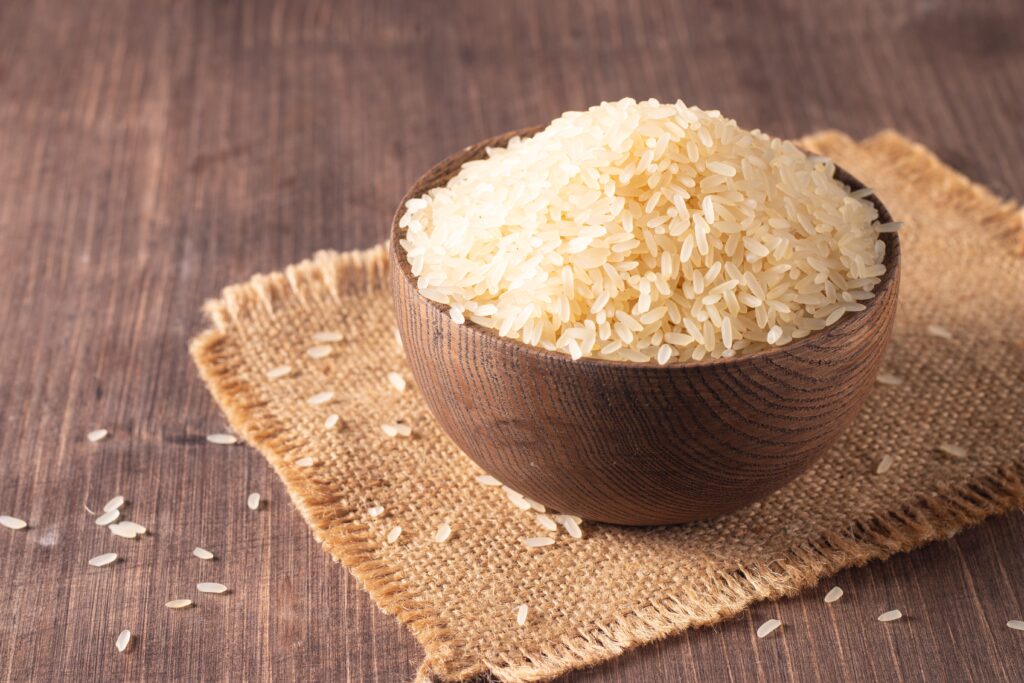
Rice, the global staple that forms the backbone of countless meals, has experienced a price surge that’s hard to ignore. Its transformation from a cost-effective necessity to a more significant expense is a testament to shifting agricultural and economic landscapes. As you measure out each cup, you’re reminded of the interconnectedness of global markets and the impact of climate change on farming practices. This humble grain, once taken for granted, now demands a place in your budgetary considerations.
The price hike in rice serves as a poignant reminder that nothing exists in isolation. It’s an illustration of how the micro and macroeconomic worlds collide, affecting the most fundamental aspects of your daily life. Even as you enjoy a simple meal, the complexities behind each grain linger, a whisper of changing times. In a way, this shift challenges you to think more deeply about the origins and futures of the foods you consume, adding a layer of awareness to your dining experience.
5. Eggs
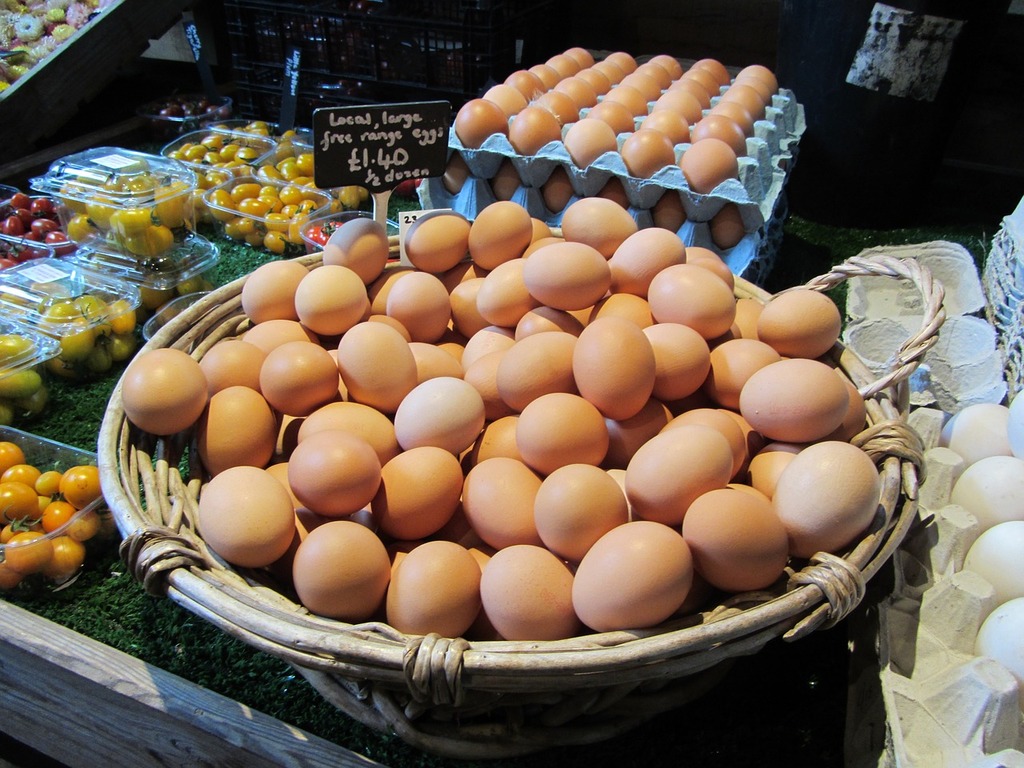
Eggs, the cornerstone of breakfasts and baking endeavors alike, have seen their prices quietly double. It’s not just about the cost of living; it reflects broader shifts in agricultural practices and consumer demand. A report from the American Egg Board notes how factors like feed costs and bird flu outbreaks have influenced egg prices dramatically. As you crack each shell, there’s a conscious recognition of these invisible forces shaping your kitchen staples.
Eggs are more than just a meal; they’re a part of cultural and culinary traditions that connect generations. Their price increase is a reminder that even the most trusted elements of home life are subject to change. It’s a somewhat bittersweet reflection on how the world’s complexities can infiltrate your simplest routines. Yet, as you whisk them into omelets or bake them into cakes, there’s an inherent resilience in the act, a refusal to let external changes dictate your personal narrative.
6. Bread
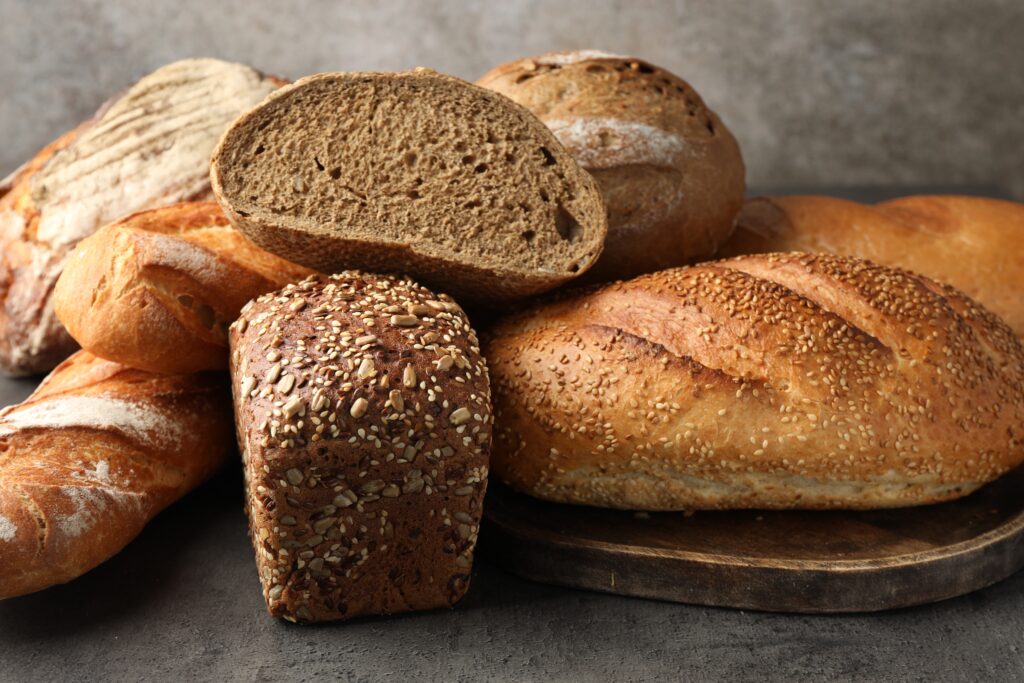
Bread, often dubbed the staff of life, has seen a rise in price that’s as significant as it is subtle. Its cost is tied to fluctuating wheat prices, transportation expenses, and evolving consumer preferences. As you slice into a fresh loaf, the increase serves as a quiet commentary on how quickly the essentials can become luxuries. Each bite becomes a reminder that even the most fundamental aspects of life are intricately linked to broader economic dynamics.
Bread’s price trajectory is a microcosm of how stability can be as fragile as it is comforting. It’s a call to appreciate the everyday items that form the backbone of your meals, even as their accessibility shifts. In the simple act of breaking bread, there’s a deeper understanding of the world’s interconnected nature and your place within it. Despite the financial implications, it’s a ritual that continues to nourish both body and soul, offering a grounding presence amidst fluctuating realities.
7. Milk

The cost of milk, a staple in many households, has doubled, reflecting changes in dairy farming and market dynamics. Beyond just a price tag, this increase speaks to issues of sustainability and consumer habits. According to research published in the Journal of Dairy Science, changes in feed costs and production methods have significantly impacted milk prices. As you pour it into your cereal or coffee, there’s a recognition of the complex systems behind what was once a simple grocery list item.
Milk represents a comforting consistency in a world that often feels anything but. Its price shift forces you to re-evaluate how much you take for granted, encouraging a deeper appreciation of the everyday. In each glass, there’s a blend of nostalgia and modern reality, a balance between memory and current circumstance. As you adapt to this new normal, there’s an opportunity to reflect on broader themes of change and continuity in your life.
8. Pasta

Pasta, the versatile savior of weeknight dinners, has also felt the economic pinch, with prices creeping upwards. It’s a staple that’s long provided both comfort and convenience, yet its rising cost is a sobering nod to the broader agricultural and economic currents at play. As you twirl each forkful, there’s an acknowledgment of the unseen forces that impact seemingly mundane choices. Pasta’s price hike is more than just a financial shift; it’s a cultural moment that asks you to reflect on the value of simplicity.
Despite its increasing cost, pasta remains a beloved fixture in many homes, representing the intersection of tradition and modernity. The act of preparing a meal from such a humble ingredient becomes an act of resilience, a way to preserve the warmth of shared experiences even as the world changes. In each bite, there’s a quiet defiance, a determination to maintain the rituals that sustain you. It’s a reminder that the true worth of pasta—and life—goes beyond mere economics.
9. Cooking Oil

Cooking oil, a kitchen necessity, has quietly seen its price rise, affecting households across demographics. This increase is tied to global supply chain issues and shifts in agricultural output. As you drizzle it into a pan, there’s a realization that even the smallest ingredients in your culinary repertoire are influenced by larger, uncontrollable forces. The rising cost of cooking oil is a testament to the interconnectedness of global economies and the personal impact of these vast networks.
In the context of everyday cooking, oil is more than just a functional ingredient; it’s a symbol of culinary creativity and tradition. Its price shift nudges you to consider how changes in the world economy echo in your personal life, inviting a moment of introspection. Even as you adjust your grocery list or meal prep routines, there’s a stubborn continuity in the role that cooking oil plays in your kitchen. It’s a reminder that, despite external pressures, some elements of home life remain steadfast.
10. Bananas

Bananas, the perennial favorite of lunchboxes and smoothies, have experienced a subtle yet undeniable rise in price. This shift is influenced by factors like climate change and labor costs, which impact their production and distribution. As you peel back the yellow skin, there’s an awareness of the broader environmental and economic story embedded in each fruit. The increase in banana prices is an invitation to consider how global changes manifest in your daily choices.
Bananas aren’t just a snack; they’re a connection to broader cultural and culinary landscapes. Their rising cost challenges you to reflect on the complexities of food production and the interconnectedness of your world. In each bite, there’s a blend of nostalgia and awareness, a recognition of the balance between indulgence and responsibility. Despite the financial implications, bananas remain a cherished staple, offering both nourishment and a reminder of life’s evolving dynamics.
11. Potatoes
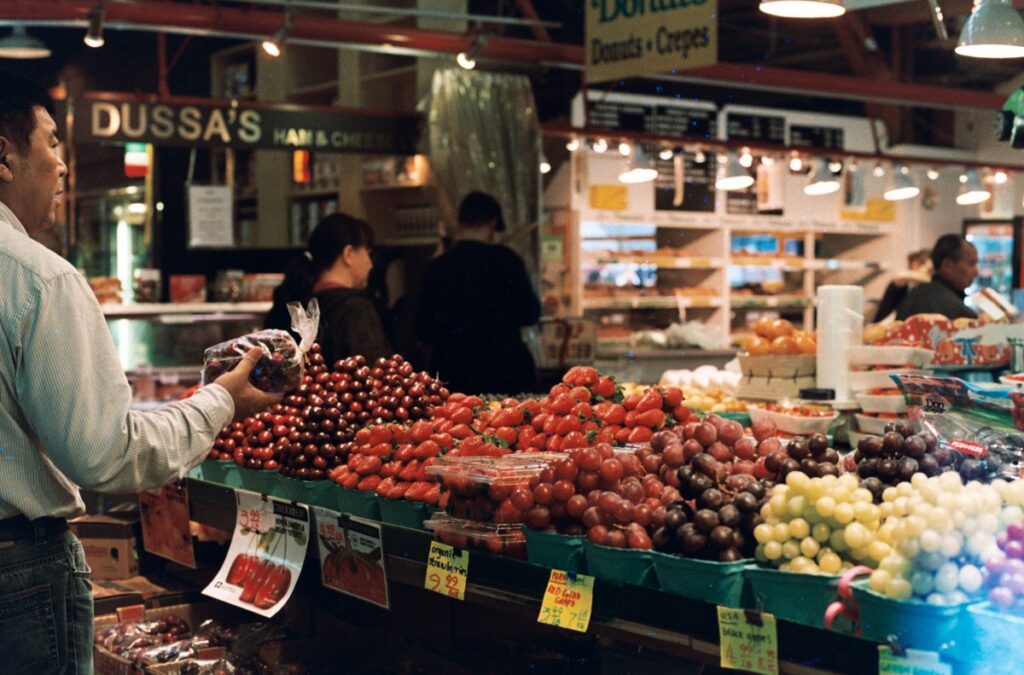
Potatoes, the reliable backbone of myriad dishes, have seen a price increase that’s both gradual and significant. This change is largely due to fluctuations in agricultural practices and market demands. As you chop or mash them, you’re reminded of how even the most humble ingredients are affected by broader economic trends. Potatoes’ rising cost is a subtle cue to re-evaluate what you deem essential and how these essentials are shaped by external forces.
In the realm of comfort food, potatoes hold a special place, offering both versatility and sustenance. Their price increase is a gentle nudge to appreciate the everyday elements that form the foundation of your meals. As you prepare a dish, there’s a moment of gratitude for the simple, unassuming tuber that continues to anchor your culinary repertoire. Despite shifts in cost, potatoes remain a symbol of resilience and adaptability, a constant amidst change.
12. Sugar
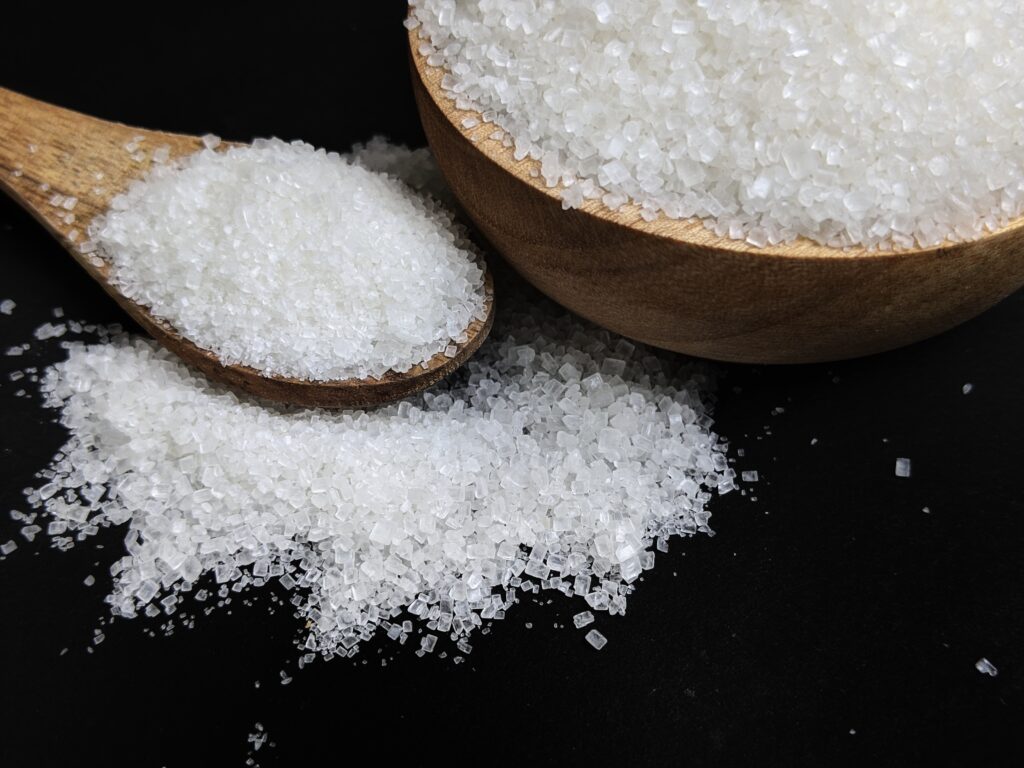
Sugar, the sweetener that graces everything from coffee to cakes, has witnessed a quiet doubling in price. This shift is driven by factors such as global trade policies and environmental challenges. As you spoon it into your morning cup or sprinkle it over desserts, there’s an undeniable awareness of the complex forces shaping this staple. The rise in sugar prices serves as a reminder of the intricate dance between global economics and daily life.
For many, sugar is more than just an ingredient; it’s a link to cherished memories and traditions. Its price increase encourages reflection on how the simplest pleasures carry the weight of larger realities. Each sweet bite is a testament to the enduring human desire for joy and connection, even in the face of rising costs. As you navigate these changes, there’s a deep-seated resilience in continuing to savor life’s sweetness.
13. Flour

Flour, the cornerstone of baking and cooking, has experienced an uptick in price that’s reshaping kitchen dynamics. Influenced by factors like crop yields and transportation costs, this staple’s increase is a reflection of broader agricultural trends. As you measure it into a mixing bowl, there’s a conscious recognition of how global shifts impact the most basic elements of your pantry. Flour’s rising cost is more than a financial consideration; it’s a glimpse into the intricate web of food production.
In the world of cuisine, flour represents creativity and potential, a starting point for countless culinary adventures. Its price shift invites you to consider the broader implications of what you bake and cook, fostering a deeper appreciation for the role flour plays in your life. Each recipe becomes an act of continuity and defiance, a celebration of the enduring power of homemade meals. Despite the economic fluctuations, flour remains a steadfast ally in the kitchen, anchoring your culinary pursuits.
14. Cheese

Cheese, the beloved indulgence that elevates any meal, has seen its prices quietly rise, reflecting changes in dairy production and consumer demand. This increase subtly challenges your perception of staple foods and their place in your budget. As you savor its rich flavors, there’s an understanding of the complex system that brings this simple pleasure to your table. The rise in cheese prices is a reminder of the delicate balance between tradition and modernity in the world of food.
Cheese is more than just a topping or ingredient; it’s a celebration of cultural heritage and culinary exploration. Its price increase is a prompt to consider how your tastes and preferences align with broader economic and environmental trends. Each cheesy bite is a reflection of the interplay between indulgence and practicality, a testament to the enduring allure of this versatile staple. Despite the rising costs, cheese continues to bring warmth and richness to your meals, a small luxury that you savor with gratitude.
15. Canned Tomatoes
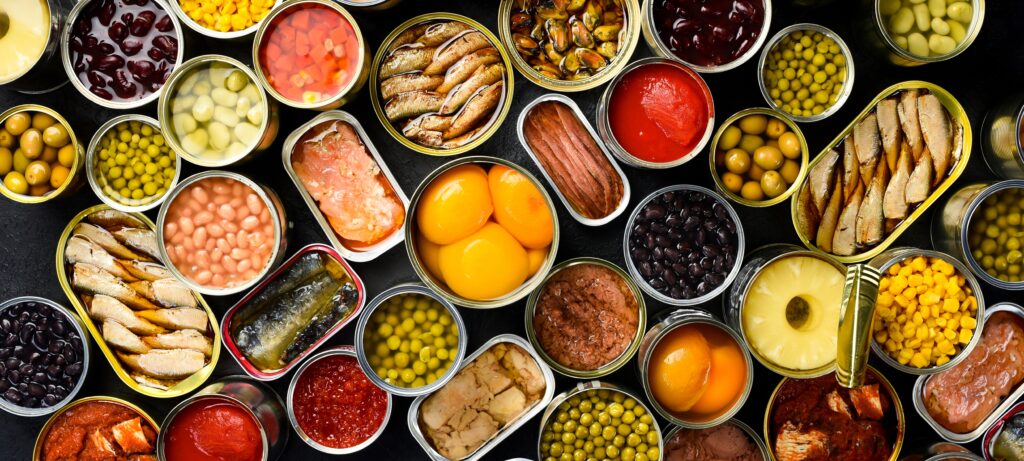
Canned tomatoes, the unsung heroes of countless recipes, have seen a price surge that’s quietly reshaped pantry staples. This shift is tied to factors like production costs and global trade dynamics, which influence even the most basic ingredients. As you open a can, there’s a recognition of how interconnected the world is, with changes far away impacting your everyday meals. The rise in canned tomato prices is not just a financial adjustment; it’s a reflection of the complex systems that govern food availability.
For many, canned tomatoes are a gateway to culinary creativity, a versatile ingredient that forms the basis of sauces, stews, and more. Their price increase encourages you to consider the broader landscape of food production and the choices you make as a consumer. In each dish, there’s a blend of tradition and adaptation, a nod to the enduring power of home-cooked meals. Despite the changes, canned tomatoes remain a staple, offering both nourishment and a connection to the wider world.
This article is for informational purposes only and should not be construed as financial advice. Consult a financial professional before making investment or other financial decisions. The author and publisher make no warranties of any kind.








